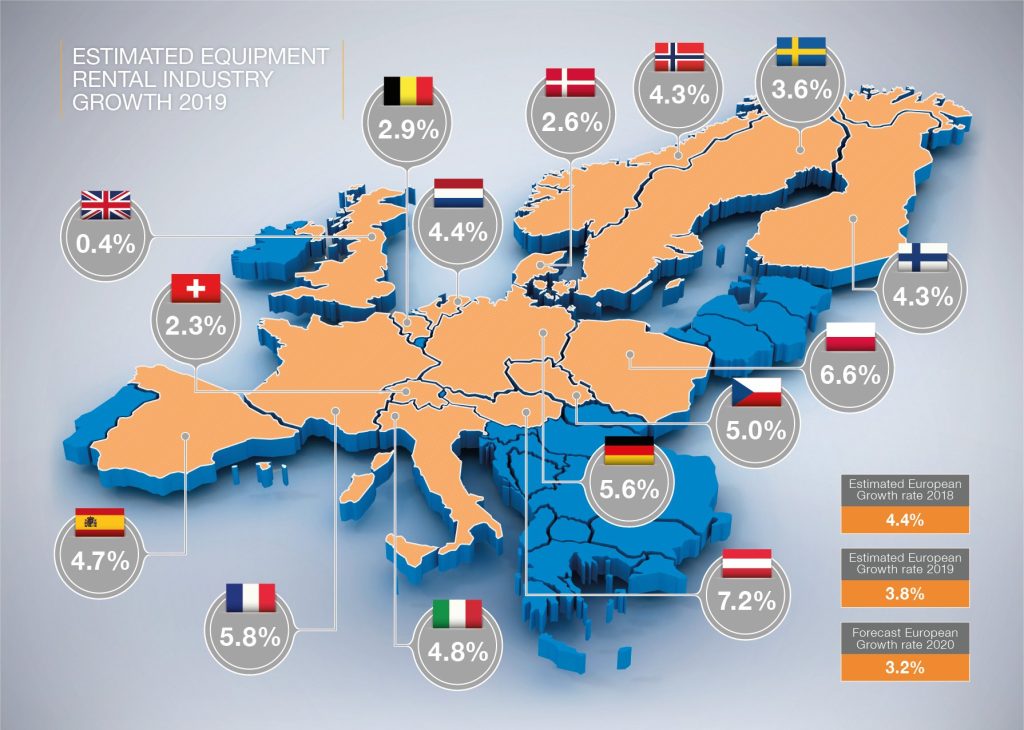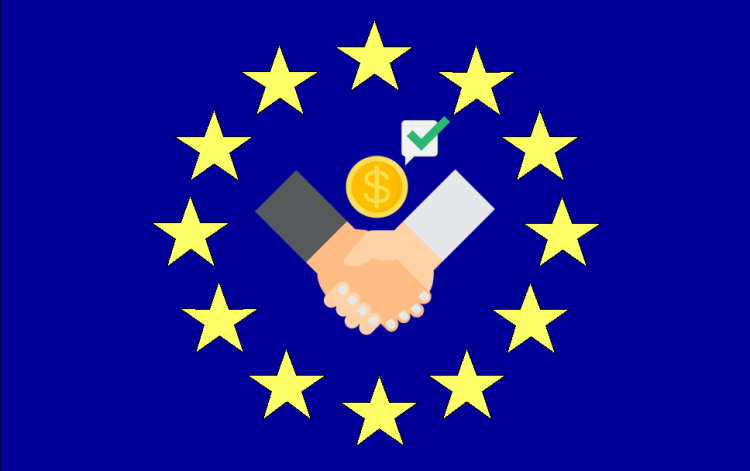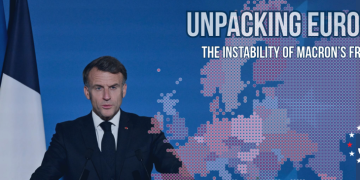Introduction
The European Union (EU) has long been a major player in global trade, forming trade deals with both its member countries and non-EU nations. As the world’s largest trading bloc, the EU’s trade policies and agreements have far-reaching implications not only for European industries but for global markets as well. In recent years, the EU has embarked on several new trade agreements with non-EU countries, many of which are expected to shape the future of global commerce. For investors, these agreements offer new opportunities, but they also require careful navigation of the regulatory, economic, and geopolitical factors at play. In this article, we will explore the key aspects of the EU’s latest trade deals, how they impact European industries, and strategies for investors to capitalize on these developments.
1. Breakdown of the European Union’s Latest Trade Deals with Non-EU Countries
The EU has recently focused on broadening its trade networks by forming agreements with countries and regions that offer significant growth potential. These deals aim to reduce trade barriers, enhance market access, and promote cooperation in areas such as sustainability, innovation, and technology. Below are some of the most notable recent agreements.
- EU–Mercosur Agreement: The EU signed a trade deal with the Mercosur countries (Argentina, Brazil, Paraguay, and Uruguay) in 2019. This deal, which is still being ratified, is one of the largest trade agreements the EU has ever negotiated. It will eliminate tariffs on European exports, including cars, machinery, and chemicals, while opening up Mercosur markets to European companies. The deal also includes provisions on sustainable development, environmental protections, and labor rights. For investors, this agreement opens up a large, untapped market in Latin America, which is expected to drive growth in industries like agriculture, automotive, and technology.
- EU–Canada Comprehensive Economic and Trade Agreement (CETA): CETA, which came into effect in 2017, is one of the most progressive trade agreements the EU has signed, reducing tariffs on goods and services, and facilitating the movement of people for business purposes. While CETA has already been in place for a few years, its continued expansion and impact on industries like agriculture, pharmaceuticals, and tech make it an important trade deal to watch. The agreement has also paved the way for deeper economic cooperation between the EU and Canada, especially in sectors related to clean energy and innovation.
- EU–Japan Economic Partnership Agreement: The EU and Japan signed this deal in 2019, marking a significant milestone in the EU’s trade relations with Asia. The agreement eliminates tariffs on Japanese exports to the EU, such as cars and electronics, while opening up Japanese markets to EU agricultural products and services. It also includes commitments to regulatory cooperation, intellectual property protection, and sustainable development. Japan’s advanced technological sector and strong economy make this deal crucial for European investors looking to expand in Asia, particularly in tech, automotive, and manufacturing.
- EU–Vietnam Free Trade Agreement (EVFTA): In 2020, the EU and Vietnam signed an ambitious free trade agreement aimed at reducing tariffs, boosting bilateral trade, and promoting sustainable development. The deal is expected to have a profound impact on trade in sectors like agriculture, textiles, and technology. For European investors, this agreement opens up one of Southeast Asia’s fastest-growing economies, with significant opportunities in consumer goods, infrastructure, and renewable energy.
- EU–United Kingdom Trade and Cooperation Agreement: Following Brexit, the EU and the UK signed a trade and cooperation agreement in 2020. While the UK is no longer part of the EU’s single market, this agreement ensures continued trade between the two entities with minimal tariffs and quotas. The deal covers a wide range of industries, including financial services, pharmaceuticals, and technology. For investors, this agreement presents opportunities and risks as both economies adjust to the post-Brexit landscape, especially in the finance and tech sectors.
2. How These Agreements Impact European Industries and Global Trade
The EU’s latest trade agreements are designed to enhance European industries’ competitiveness and ensure access to key markets. By lowering trade barriers and improving market access, these agreements can have a significant impact on a wide range of sectors:
- Agriculture and Food: Many of the EU’s trade deals include provisions to reduce tariffs and improve market access for European agricultural products. This is particularly important for the EU’s agricultural sector, which faces intense competition in global markets. The Mercosur deal, for instance, will allow European producers to tap into Latin America’s growing middle class, while the EU–Japan agreement opens up new opportunities for European farmers to export high-quality food products to Japan.
- Automotive and Manufacturing: The EU’s automotive industry stands to benefit from trade deals like the EU–Mercosur agreement, which eliminates tariffs on European-made vehicles. Similarly, the EU–Japan deal provides European automotive manufacturers with preferential access to Japan’s high-tech automotive sector. In the broader manufacturing sector, agreements with countries like Canada and Vietnam can help European manufacturers access lower-cost labor and more favorable trade terms.
- Technology and Innovation: The EU’s trade deals with Japan and Canada have been especially beneficial for the tech sector. Japan’s highly advanced technology market offers opportunities for European tech companies to expand their presence in Asia. The EU–Canada agreement also facilitates collaboration in fields such as clean energy, digital technologies, and AI. As European companies seek to expand globally, these agreements provide a solid foundation for technology-driven growth.
- Energy and Environment: Many of the EU’s new trade deals emphasize sustainability and environmental protection, reflecting the bloc’s commitment to the European Green Deal. These agreements often include provisions on clean energy, climate change, and sustainable development. For example, the EU–Mercosur agreement addresses environmental concerns by including measures to promote sustainable agriculture and forestry. These green initiatives open up new investment opportunities in renewable energy and environmentally friendly technologies.
- Financial Services: The EU–UK trade deal preserves the financial services relationship between the EU and the UK, allowing EU financial institutions to operate in the UK and vice versa. This is critical for European investors and businesses in the financial sector, as it ensures continued market access and regulatory alignment in the wake of Brexit. Similarly, the EU’s agreements with other countries, including Japan and Canada, facilitate deeper cooperation in financial services, particularly in fintech and sustainable finance.

3. Investor Strategies to Take Advantage of These New Market Opportunities
Investors looking to capitalize on the EU’s latest trade agreements should consider strategies that align with the industries and regions most affected by these deals. Here are some key strategies to keep in mind:
- Sector-Specific Investments: Investors can focus on sectors likely to benefit from the new trade deals, such as agriculture, automotive, technology, and energy. For example, investing in European agricultural firms that are poised to benefit from market access to Latin America or Japan could offer significant returns. Similarly, tech investors might look to companies in the EU’s advanced manufacturing and clean energy sectors, which will benefit from stronger ties with Asia and North America.
- Geographic Diversification: The EU’s trade agreements with countries like Vietnam, Japan, and Canada offer new avenues for geographic diversification. By investing in firms with a strong presence in these markets, investors can mitigate risks associated with European market fluctuations and benefit from the growth potential of emerging economies.
- Sustainable Investments: Given the emphasis on sustainability in many of the EU’s trade agreements, investors may want to focus on green and socially responsible investments. European companies leading in renewable energy, electric vehicles, and sustainable agriculture are likely to benefit from the growing demand for environmentally friendly products.
- Focus on ETFs and Global Funds: For investors seeking exposure to the broader impact of the EU’s trade agreements, exchange-traded funds (ETFs) and global funds focused on European and international markets may be a good option. These funds often provide diversified exposure to companies that stand to gain from trade liberalization and global economic integration.
4. What to Expect from the EU’s Trade Policy in the Coming Years
Looking ahead, the EU is likely to continue pursuing trade deals with both traditional and emerging markets. The EU’s trade policy will likely focus on:
- Strengthening Existing Relationships: The EU is expected to deepen its trade relations with key partners like Japan, Canada, and the UK. Future negotiations may lead to further liberalization in areas like digital trade, investment protection, and sustainable development.
- Focus on Sustainability: As part of the European Green Deal, the EU will likely prioritize sustainability in future trade agreements, including stricter environmental and labor standards. Investors should keep an eye on green trade deals and opportunities in sustainable technologies and renewable energy.
- Geopolitical Considerations: As global tensions rise, particularly with China and the U.S., the EU’s trade policies may become more focused on strategic autonomy, securing critical supply chains, and balancing economic interests with geopolitical concerns.
- Digital Trade: The rise of digital technologies and e-commerce will likely drive future EU trade agreements, with a focus on cross-border data flows, cybersecurity, and the digital economy.
Conclusion
The EU’s recent trade agreements open up exciting opportunities for European industries and investors alike. From agriculture and automotive to technology and energy, these deals provide a wealth of new market opportunities. Investors should focus on sector-specific growth, geographic diversification, and sustainable investments to take advantage of these developments. With the EU’s continued emphasis on free trade, sustainability, and digital innovation, the coming years promise to offer a dynamic and evolving landscape for global investors.
Tags: EU trade agreements, global trade, European industries, investment strategies, trade policy, sustainability, digital trade, EU–Mercosur, EU–Canada, EU–Japan, EU–UK trade deals.






























